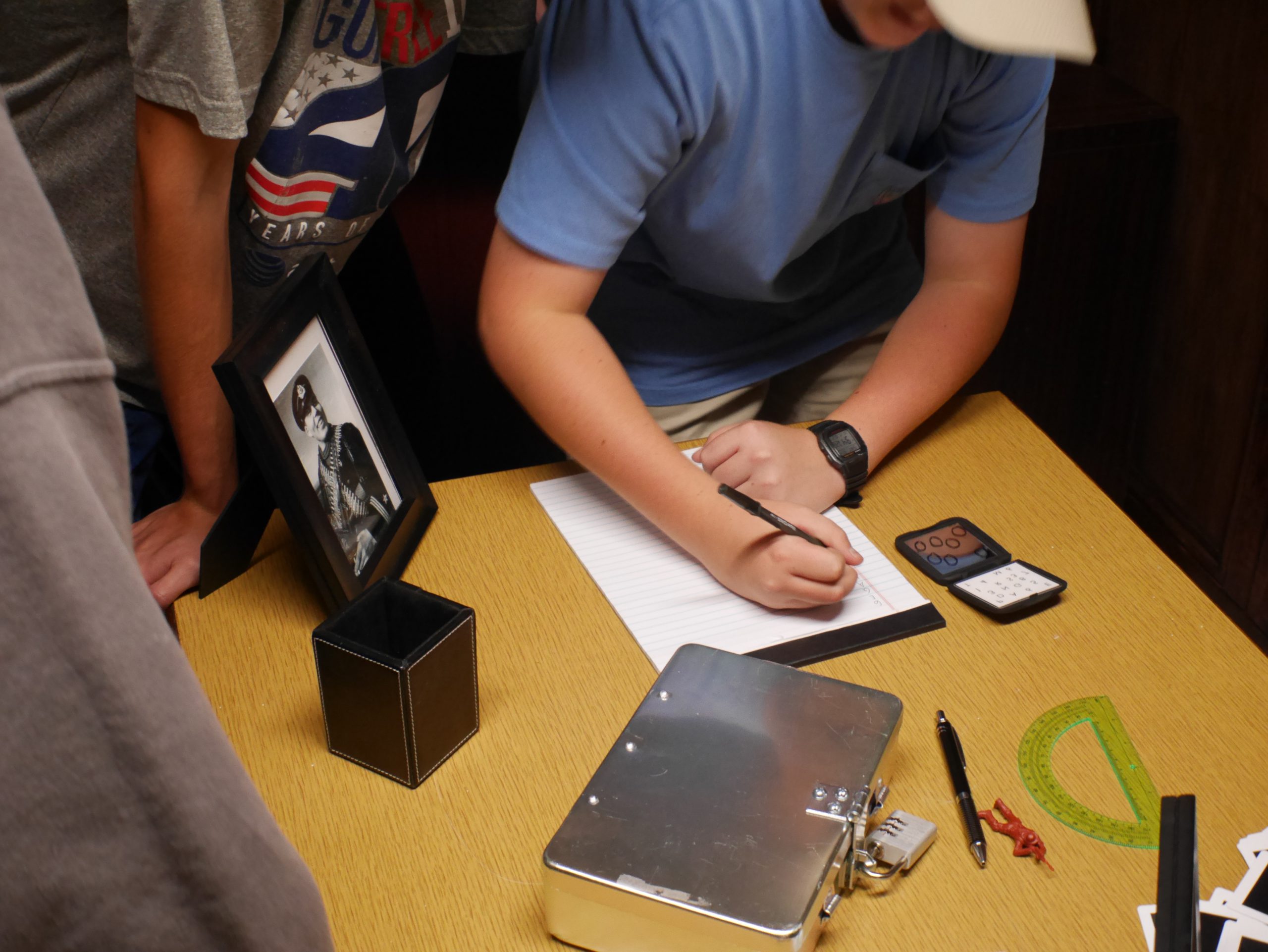
The ligated proteins can then be eluted from SnoopLigase.Īpplications of the Sp圜atcher-SpyTag system. The tags bind to SnoopLigase, which contains the catalytic glutamate (blue dot) and catalyzes the formation of an isopeptide between SnoopTagJr and DogTag (red dot). A protein (in brown) containing SnoopTagJr (ST, in orange) and another protein (purple) with DogTag (DT, green) are mixed in the presence of SnoopLigase (yellow). The structures shown in panels d and e are based on the RrgA D4 domain structure (PDB ID: 2WW8) ( F) schematic of the function of SnoopLigase. SnoopCatcher is in yellow and SnoopTag in green. The structures shown in panels b and c are based on the Protein Data Bank (PDB) entry 4MLI ( D) the isopeptide bond between SnoopCatcher-SnoopTag, formed by lysine (K742) in SnoopTag and the asparagine (N854) in SnoopCatcher, is shown in red, and the catalytic glutamate (E803) is in blue ( E) crystal structure of SnoopCatcher-SnoopTag. Sp圜atcher is in blue and SpyTag is in magenta.

The isopeptide formed by the reactive lysine (K31) in Sp圜atcher and aspartate (D117) in SpyTag is shown in green, and the catalytic glutamate (E77) in cyan ( C) crystal structure of Sp圜atcher-SpyTag. The primary amine of a lysine side chain condenses with either the side-chain amide of an asparagine (upper reaction) or the side-chain carboxyl of an aspartate (lower reaction) to produce the isopeptide bond, releasing either ammonia or water, respectively ( B) the isopeptide bond between Sp圜atcher-SpyTag. The Sp圜atcher-SpyTag, SnoopCatcher-SnoopTag, and SnoopLigase systems. Sp圜atcher autotransporter bacterial surface protein covalent labeling topology mapping virulence factor. Here, we review the current state of the Sp圜atcher-SpyTag and related technologies, with a particular emphasis on their use in vaccine development and in determining outer membrane protein localization and topology of surface proteins in bacteria. Furthermore, tripartite applications have been produced from both systems allowing the fusion of two peptides by a separate, catalytically active protein unit, SpyLigase or SnoopLigase. pneumoniae pilin that can be combined with Sp圜atcher-SpyTag to produce protein fusions with multiple components. Additionally, an orthogonal system called SnoopTag-SnoopCatcher has been developed from an S. The SpyTag system is versatile as the tag is a short, unfolded peptide that can be genetically fused to exposed positions in target proteins similarly, Sp圜atcher can be fused to reporter proteins such as GFP, and to epitope or purification tags.

This technology has been used, among other applications, to create covalently stabilized multi-protein complexes, for modular vaccine production, and to label proteins (e.g., for microscopy). Upon recognition, the two form a covalent isopeptide bond between the side chains of a lysine in Sp圜atcher and an aspartate in SpyTag. It is based on a modified domain from a Streptococcus pyogenes surface protein (Sp圜atcher), which recognizes a cognate 13-amino-acid peptide (SpyTag).

The Sp圜atcher-SpyTag system was developed seven years ago as a method for protein ligation.


 0 kommentar(er)
0 kommentar(er)
